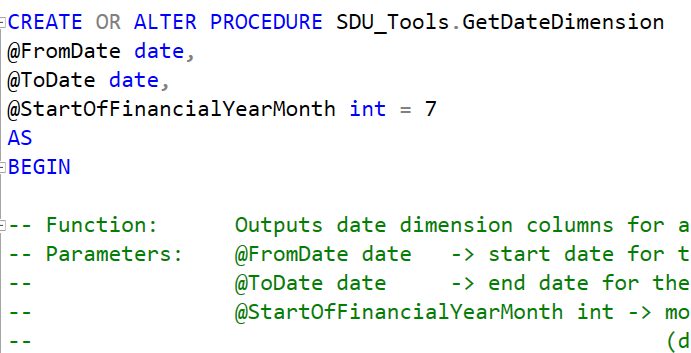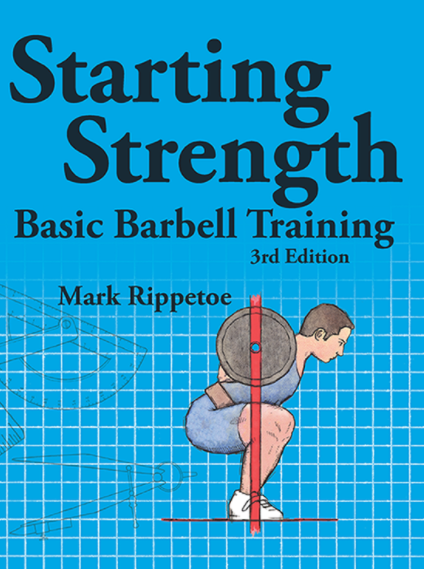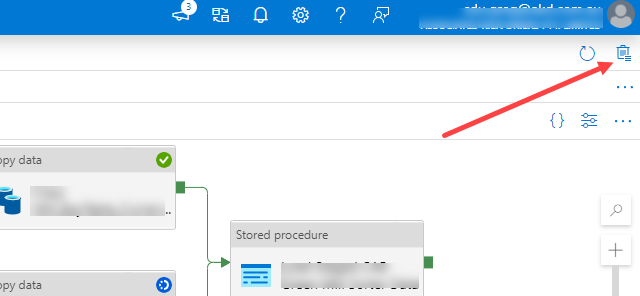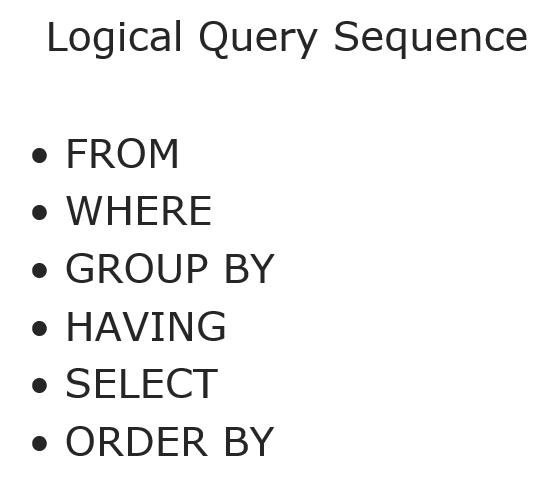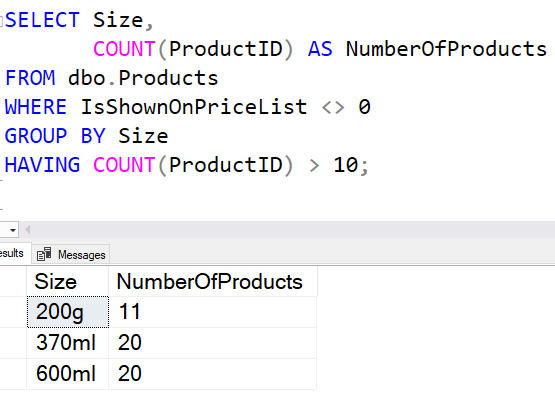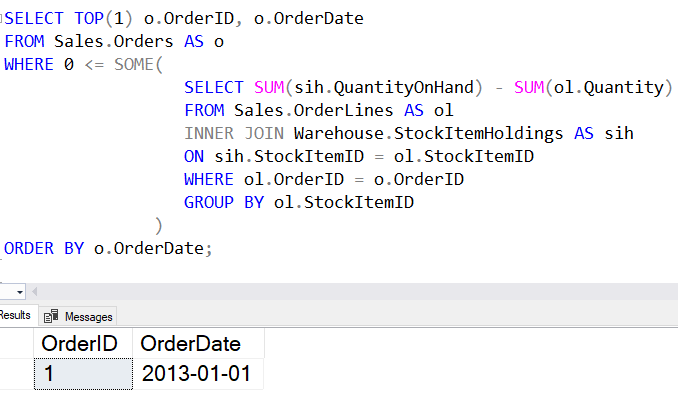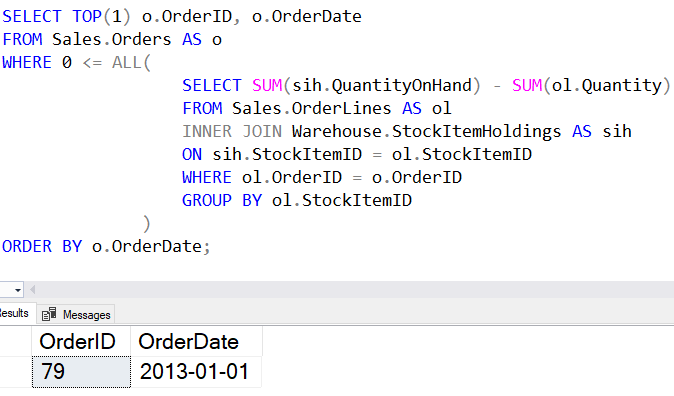
Opinion: Does your organization have a memory problem?
There’s a café in Melbourne that I’ve liked going to for a while. It’s not far from where I live when I’m in Melbourne, and it has all the makings of a really nice cosy suburban café. But there’s something missing.
When I sat there the other day, my meal came as ordered but it was just a shadow of what it normally looks like. I put that down perhaps to a different chef that day. It’s not great that they haven’t all agreed on what those meals are usually made like, but that could have been a one off thing.
2021-03-12

